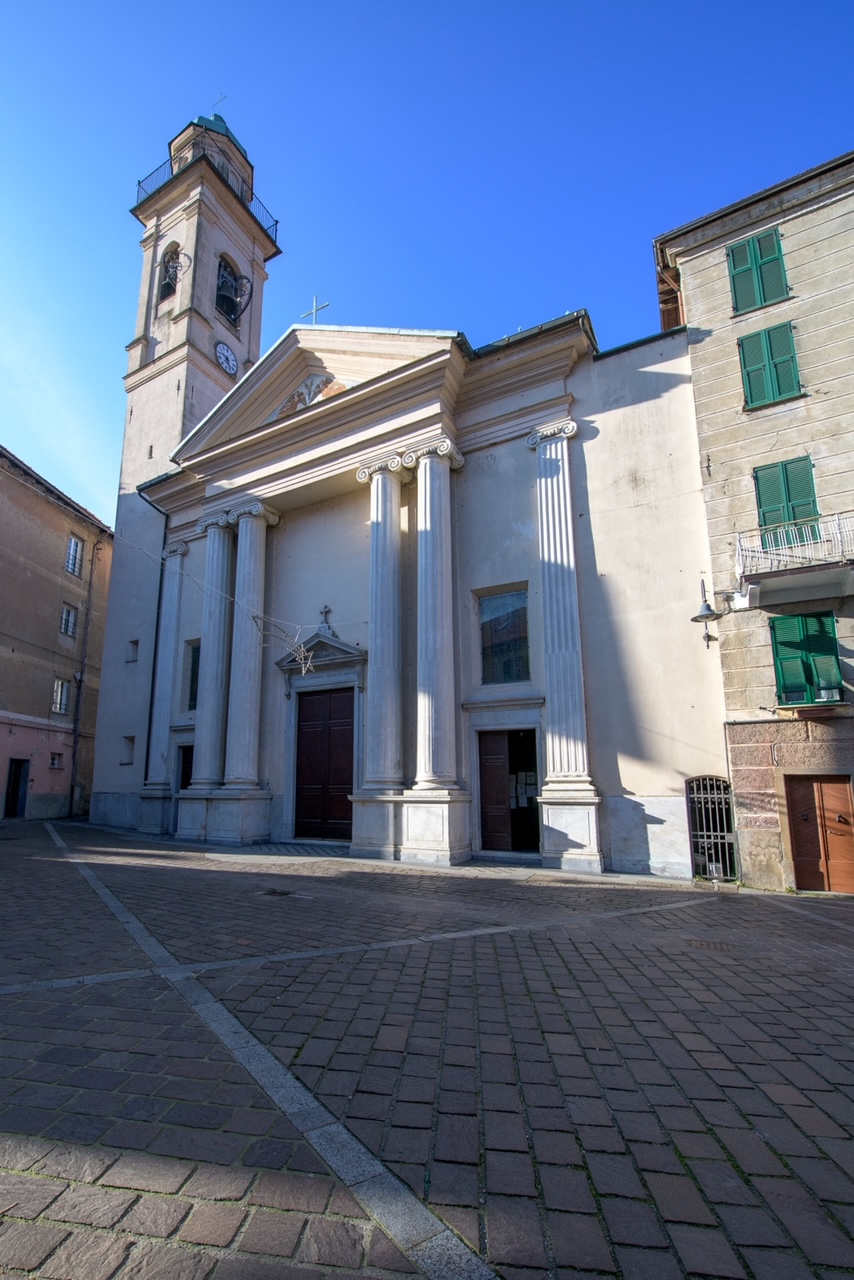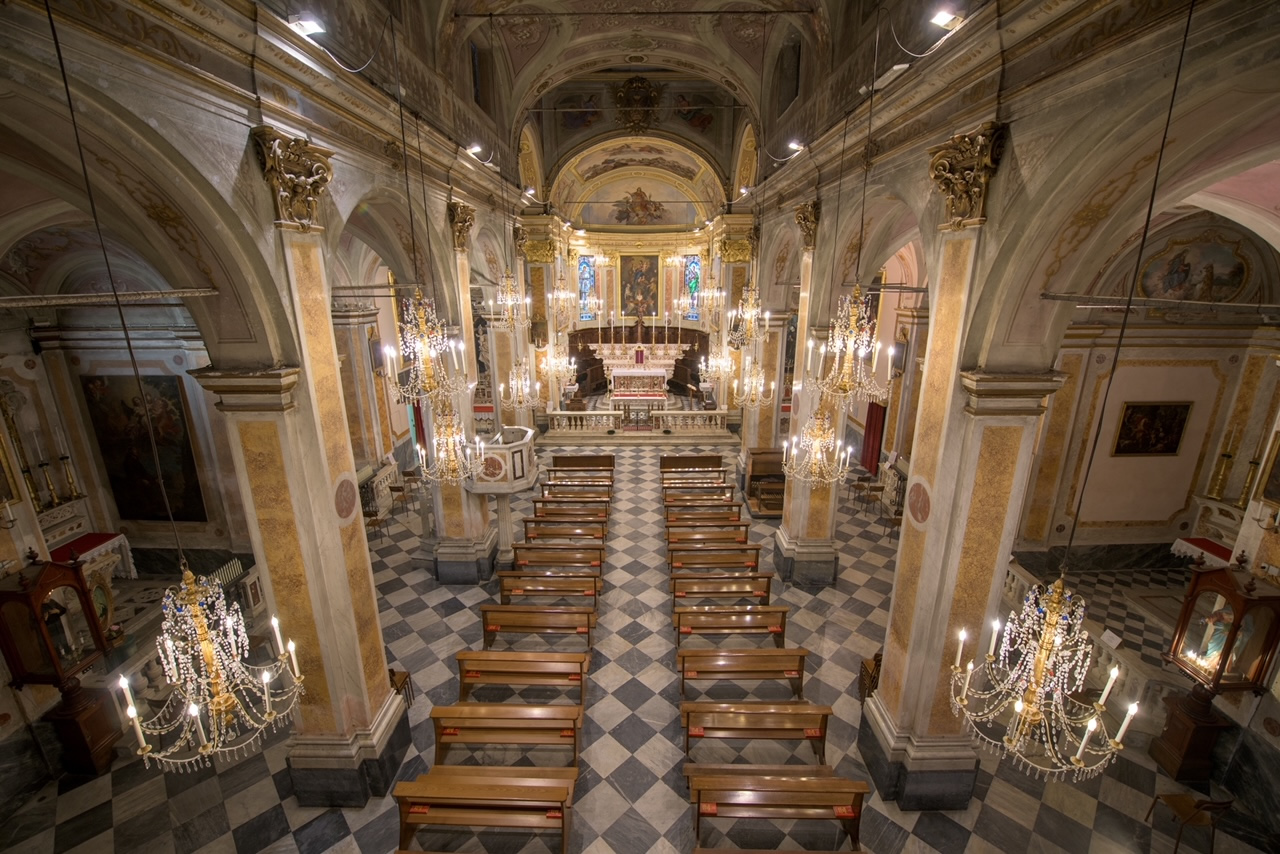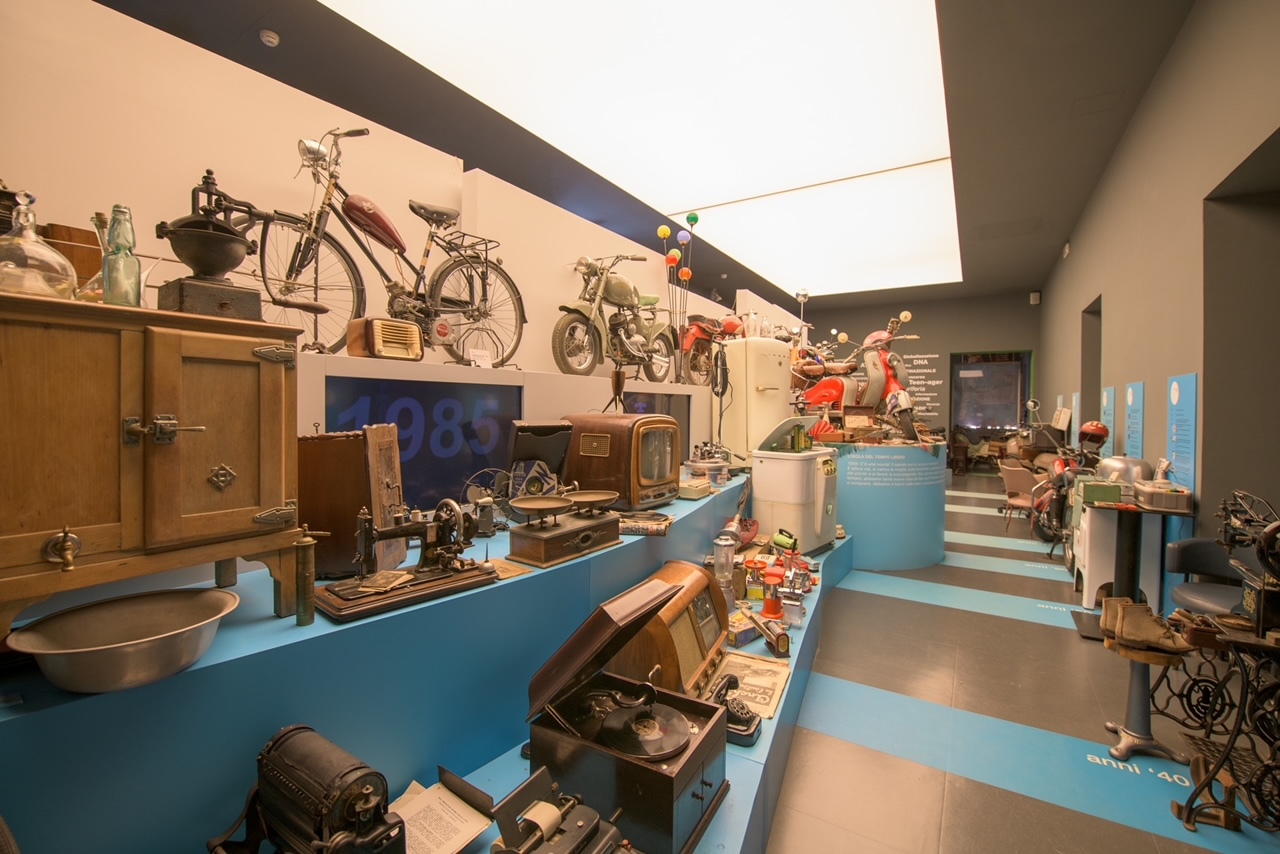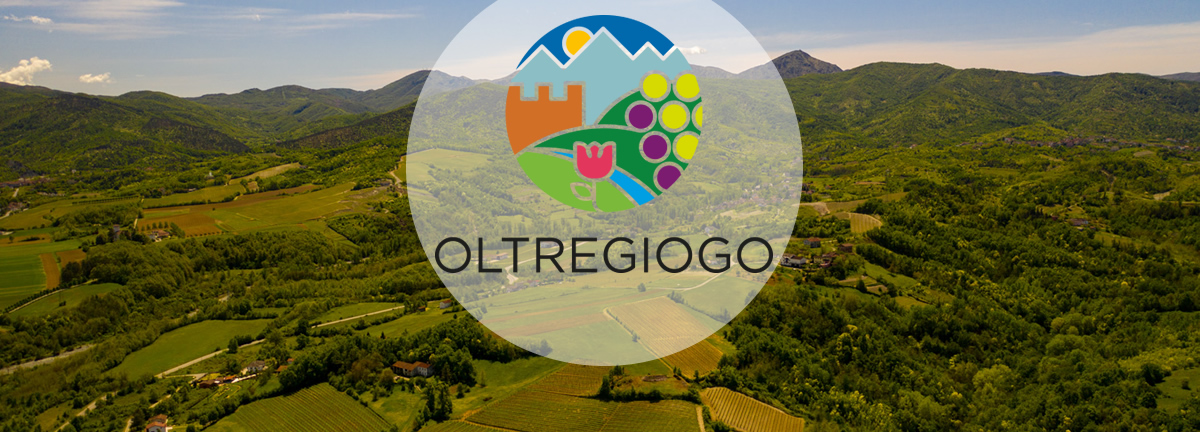The first settlements in the Rossiglione area are attested by archaeological excavations from the 5th century BC. In fact, traces of a Ligurian village have been found on the border between Rossiglione and Ovada. The finds that emerged from the excavations are today preserved in the Archaeological Museum of Genoa Pegli.
The first documentary mentions of Rossiglione date back to around the mid-12th century. At the time, this territory belonged to the marquises of Monferrato who had given it as a fief to the Del Boscos, who, in turn, ceded the village to the Republic of Genoa in 1210.
According to what emerges from the 14th century statutes, Rossiglione, already composed of the two villages of Rossiglione Inferiore and Rossiglione Superiore, enjoyed a certain autonomy, and the two inhabited centres were administered separately.
During the modern age, the Oltregiogo was the scene of battles. When, in 1625, Carlo Emanuele of Savoy tried to attack Genoa from behind, he did not spare Rossiglione.
In the following century, the town suffered the invasion of the Austrians, against whom the population rose up, and then the passage of Napoleonic troops, especially when directed to besiege Genoa, in the spring of 1800.
In the second half of the nineteenth century, the textile industry developed here. In 1869, a cotton spinning mill and textile factory was established, employing approximately 200 people. A few years later, the knight Ambrogio Figari founded another cotton mill, which subsequently became part of the Cotonificio Ligure company.
During the Second World War, Rossiglione suffered bombings and reprisals, and was the scene of the War of Liberation: its population was very active in the partisan struggle, so much so that Sandro Pertini, once he became President of the Republic, awarded the Municipality the War Cross to military valour.

PARISH CHURCH OF SANTA CATERINA DA ALESSANDRIA
The original building was built in the 15th century. At the beginning of the seventeenth century, the church was almost completely rebuilt, and consecrated again in 1609.
With three naves, it has three altars and four chapels inside. The main altar is crowned by a sculpture of the Madonna del Rosario attributed to the Genoese Filippo Parodi; the side altars, dating back to the second half of the 18th century, are dedicated to the Madonna del Carmine and San Giuseppe.
The works kept inside the church are: the eighteenth-century processional chest depicting the Madonna degli Angeli, attributed to Anton Maria Maragliano and his workshop; the baptismal font in white marble, dating back to the end of the 16th century and the beginning of the 17th century; The Assumption of the Virgin by the painter Bernardo Castello (1621); the Visitation by Simone Balli, from the 17th century; the Virgin and saints by Giuseppe Palmieri (18th century).

ORATORY OF SANTA CATERINA
Built in 1611, it houses several 18th century processional objects and 17th century canvases. Among these we must note: the processional chest depicting the martyrdom of Saint Catherine and that of Saint Anthony of Padua; the statue of the Immaculate Conception and that of Saint Anthony, both attributed to Giovanni Maraglino, nephew of the more famous Anton Maria.
ORATORY OF OUR LADY ASSUNTA
The first documentary mention dates back to 1585 and is found in the report of the apostolic visit of the bishop of Viterbo Monsignor Montigli, who noted that the oratory was the home of the Confraternity of the Disciplinati, which was suppressed in 1805 by the Napoleonic laws. The importance of this building is given, above all, by the cycle of frescoes painted on the façade by the Genoese painter Andrea Semino in 1586, depicting the stories of the Virgin and Jesus.
PASTIME MUSEUM
The museum was born from the passion of a couple of collectors of vintage objects and, thanks to the collaboration of the Municipality of Rossiglione and the Province of Genoa, the continually expanding collection was able to take the form of a real journey through Italy of the last century , first rural and gradually more and more computerised: vintage motorbikes, agricultural tools, the first radios, the first household appliances, the first televisions, the Lambretta, the folding Graziella, the Apple computer, the Coomodor, the first mobile phones… .
In one room, a school classroom from the 1950s has been reproduced using period material. In the room dedicated to Olivetti, you can have fun tapping the keys of the legendary Lettera 22.
The highlight for children is the sector dedicated to games: constructions, cars, toy soldiers, trains, the game of the goose, bicycles, tricycles, dolls and puppets, and the legendary working Easy Bake Oven.
There are also reconstructions of some commercial service environments that actually existed in the town, such as the cyclist’s shop and the motorcycle mechanic.

BRIDGE OVER THE GARGASSA TORRENT
Above the Gargassa stream there is an ancient bridge, built in 1599, which originally included two parts that no longer exist, namely a door and a third arch.
Gallery
